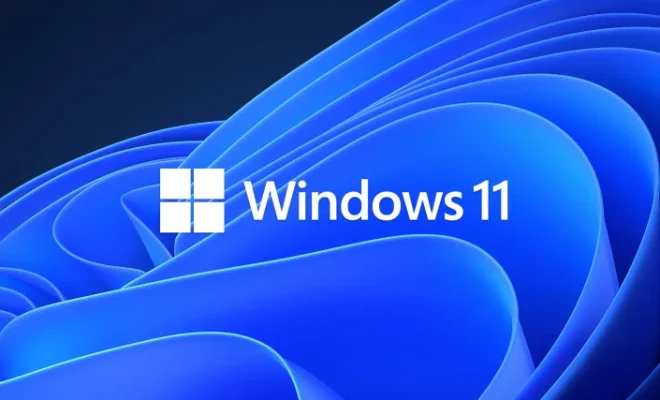How to Fix Logitech Mouse Lag on M1 and M2 Macs

Logitech mouse lag on M1 and M2 Macs can be a frustrating experience for users who rely on the mouse heavily for work or gaming. This problem can be caused by a number of factors, including outdated software, interference from other wireless devices, or insufficient power. In this article, we’ll provide some solutions to fix Logitech mouse lag on M1 and M2 Macs.
1. Update Logitech Options Software
The first step in fixing Logitech mouse lag is to ensure that you have the most recent version of the Logitech Options software installed. To do this, open the Logitech Options software and click on the “Check for Updates” button. If there is an update available, be sure to download and install it.
2. Use an Uninterrupted Line of Sight
If your Logitech mouse is experiencing lag, try to ensure that it has an uninterrupted line of sight to the computer. This means removing any obstructions that may come between the mouse and the computer, such as other wireless devices or objects.
3. Use a Different USB Port
If you are using a wireless mouse, then it is connected to the computer through a USB receiver. However, not all USB ports are created equal – some may provide insufficient power that can result in mouse lag. Try to connect the USB receiver to a different USB port, ideally one that is directly connected to the computer and not through a hub.
4. Use the Logitech USB Receiver Extension Cable
If the USB receiver is still experiencing lag despite switching USB ports, try using the Logitech USB receiver extension cable. This cable comes with most Logitech wireless mice and helps to provide a stronger and more stable connection between the mouse and the computer.
5. Switch to a Wired Mouse
In some cases, the best solution to Logitech mouse lag on M1 and M2 Macs may be to switch to a wired mouse. Wired mice are more reliable and do not experience lag or connectivity issues. If you decide to go this route, make sure that you get a mouse that is compatible with your Mac.



